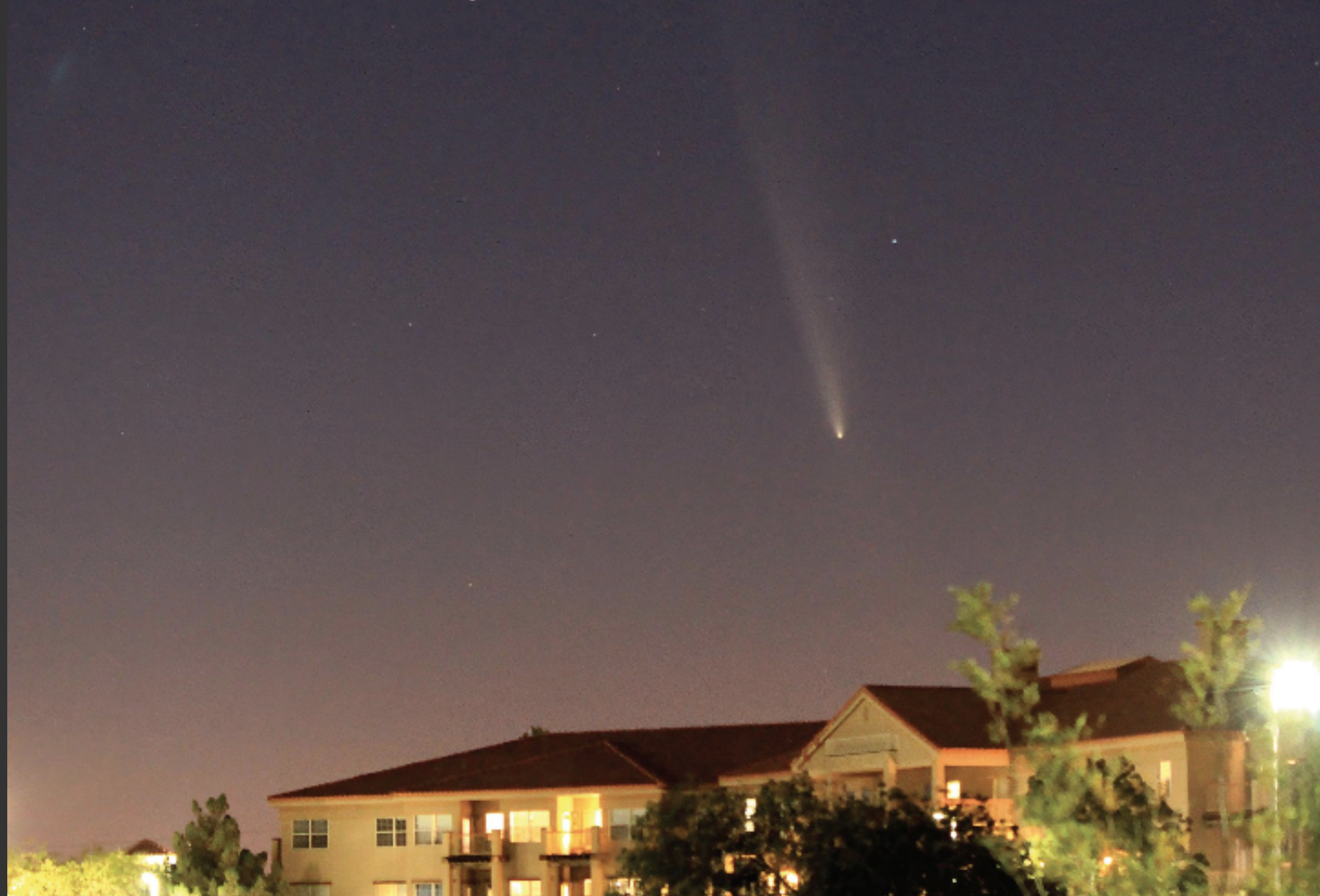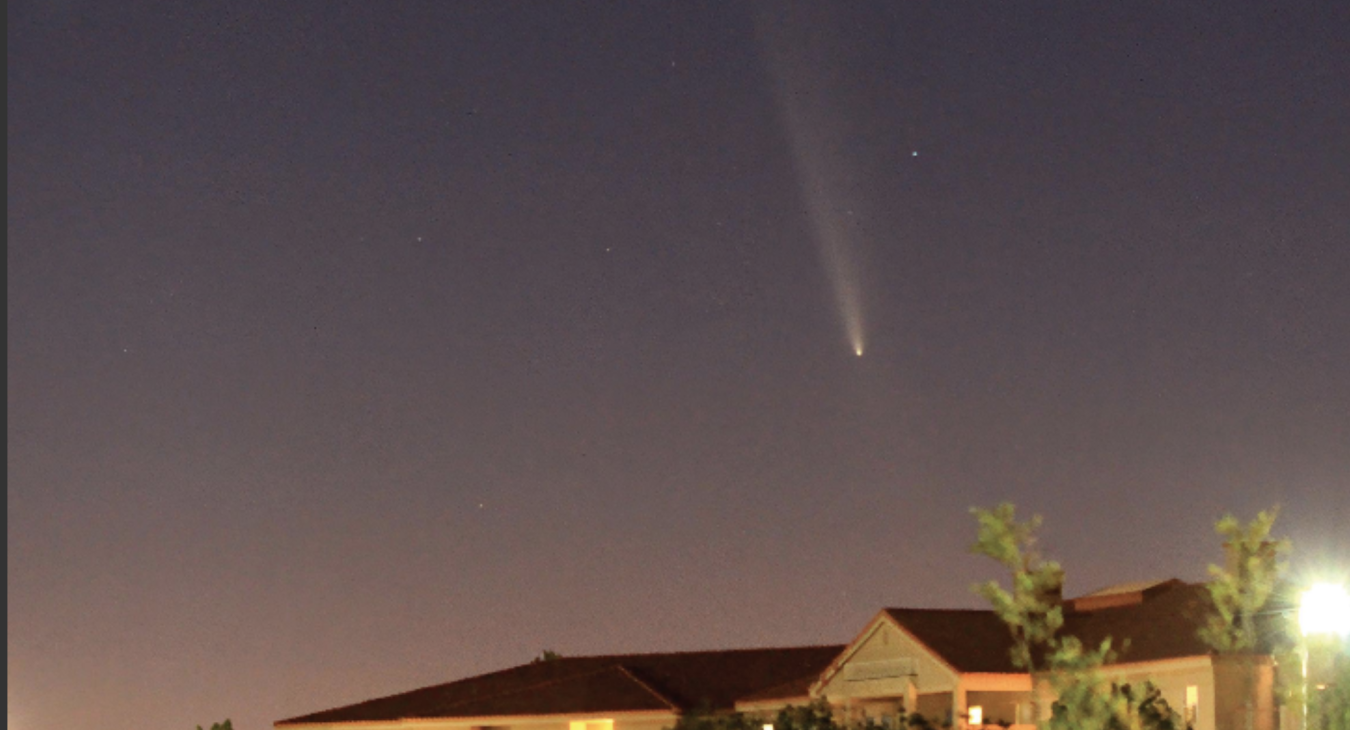Venus Gleams for New Year
By Alan Hale
The new year begins with the brilliant planet Venus gleaming brightly in our western evening sky. Throughout January, Venus doesn’t set until two hours after the end of dusk, and this remains true for the following month before Venus begins a rapid descent toward sunlight in early March. On the evening of Friday, Jan. 3, the crescent moon lies close to Venus, creating a rather dramatic sight.
Other bright planets are visible in our evening skies this month. At the beginning of January, Saturn sets about an hour after Venus does, but it draws nearer to the horizon each night and passes Venus on Jan. 17.
The much-brighter Jupiter is nearly overhead during the mid- to late-evening hours and is visible throughout most of the night before setting a couple of hours before dawn.
Mars, meanwhile, is at its best this month, being at opposition—directly opposite the sun—on Jan. 15, at which time it rises around sunset, is highest above the horizon around midnight and sets around sunrise. The full moon passes directly in front of Mars, creating a lunar occultation, during the early evening hours Jan. 13.
One of the strongest annual meteor showers, the Quadrantids—named after a no-longer-recognized constellation southeast of the Big Dipper’s handle—reaches its peak display the morning of Friday, Jan. 3. From our part of the world, the best showing should come right around the beginning of dawn, when a few dozen meteors per hour may appear.
We may have a bright comet appearing during January. Recently discovered Comet ATLAS passes close to the sun Jan. 13. If it survives this close encounter, it may be visible low in the dusk sky for a few days afterward. Whatever display, if any, we get is unlikely to be as good as the one we received from Comet Tsuchinshan-ATLAS in October. If we do get any kind of show, it will almost certainly be quite brief.
Photo Caption:
Comet Tsuchinshan-ATLAS appeared over northeastern Las Cruces, New Mexico, on the evening of Oct. 13, 2024. PHOTO BY ALAN HALE


